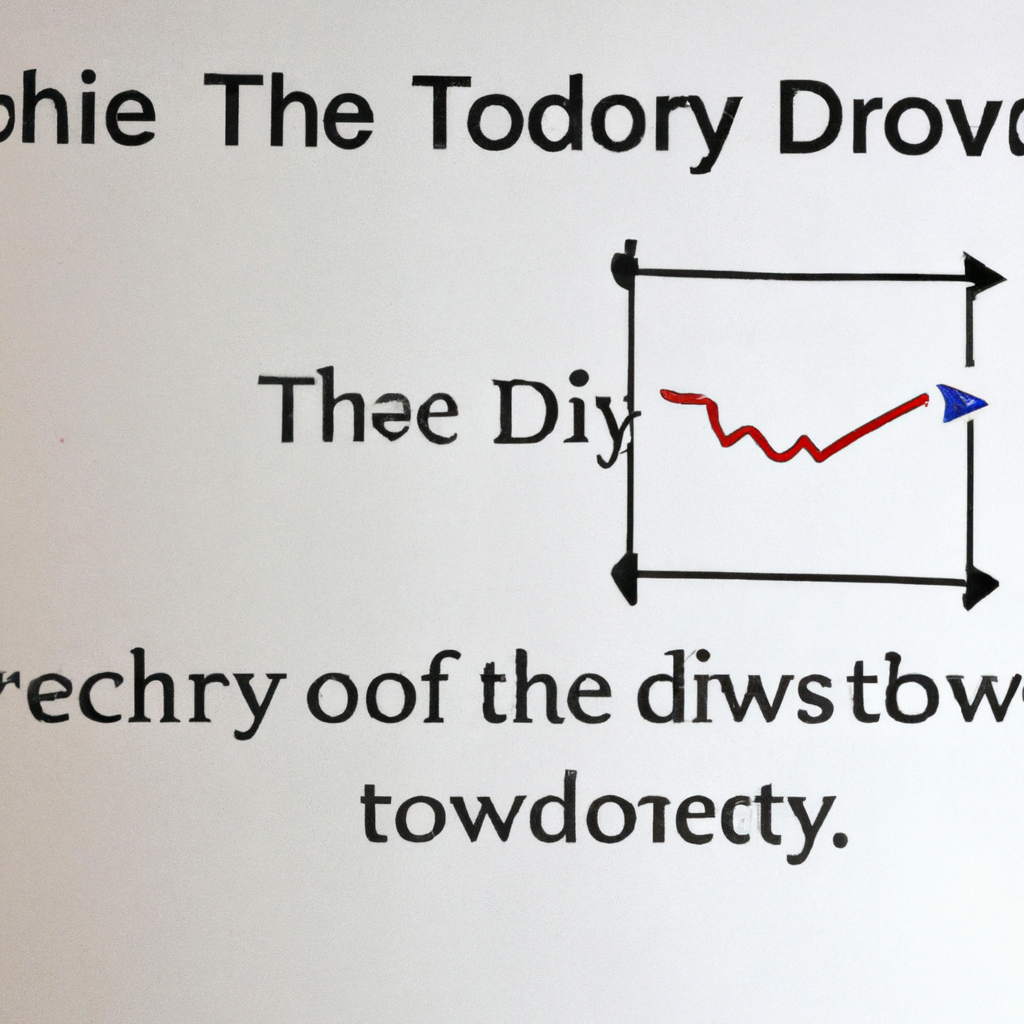The Dow Theory in Market Forecasting
Introduction
The Dow Theory is a fundamental tool used in market forecasting that helps investors and traders analyze and predict future market trends. Developed by Charles Dow in the late 19th century, this theory has stood the test of time and continues to be widely used by market participants. In this article, we will explore the key principles of the Dow Theory and how it can be applied to make informed investment decisions.
Understanding the Dow Theory
The Dow Theory is based on the analysis of the Dow Jones Industrial Average (DJIA) and the Dow Jones Transportation Average (DJTA). According to Charles Dow, the movement of these two indices can provide valuable insights into the overall health and direction of the market.
The Three Phases of the Market
The Dow Theory divides the market into three phases: accumulation, public participation, and distribution.
Accumulation Phase
During the accumulation phase, smart money or institutional investors start buying stocks that are undervalued. This creates a solid base and sets the stage for the next phase.
Public Participation Phase
In the public participation phase, the market gains momentum as more investors jump in, driving prices higher. This phase is characterized by a broad market rally and increasing trading volumes.
Distribution Phase
The distribution phase occurs when the smart money starts selling their holdings to the public. This leads to a decline in prices and can be an early signal of an impending market reversal.
Dow Theory Principles
The Dow Theory is based on six key principles that help investors identify trends and make accurate market forecasts:
1. The Averages Must Confirm Each Other
This principle states that both the DJIA and DJTA should move in the same direction to confirm a trend. If one index reaches a new high while the other fails to do so, it may indicate a potential reversal.
2. Trends Have Three Phases
As mentioned earlier, trends consist of three phases: accumulation, public participation, and distribution. By identifying these phases, investors can better understand the market’s behavior.
3. Volume Should Confirm the Trend
According to Dow Theory, trading volume should increase in the direction of the trend. Higher volume during an uptrend or downtrend confirms the strength of the trend, while low volume suggests a potential reversal.
4. Trends Persist Until Reversal Signals Appear
This principle suggests that trends tend to persist until there are clear reversal signals. It is essential to wait for confirmation before assuming a trend reversal.
5. Averages Discount Everything
The Dow Theory assumes that all available information is already reflected in the market prices. Therefore, investors should focus on price action rather than external factors when analyzing trends.
6. Trends Are More Likely to Continue Than Reverse
The final principle of the Dow Theory states that trends are more likely to continue than to reverse. This principle emphasizes the importance of following the trend until there is sufficient evidence of a reversal.
Applying the Dow Theory
To apply the Dow Theory, investors can analyze price charts of the DJIA and DJTA, paying close attention to the volume and trend confirmations. By identifying the phases of the market and following the principles outlined above, investors can make more informed investment decisions.
Conclusion
The Dow Theory is a powerful tool that provides valuable insights into market trends and helps investors forecast future market movements. By understanding the principles of the Dow Theory and applying them to their analysis, investors can enhance their decision-making process and potentially improve their investment returns. However, it is important to remember that no forecasting method is foolproof, and market conditions can change rapidly. Therefore, it is always advisable to use the Dow Theory in conjunction with other technical and fundamental analysis tools to make well-rounded investment decisions.
